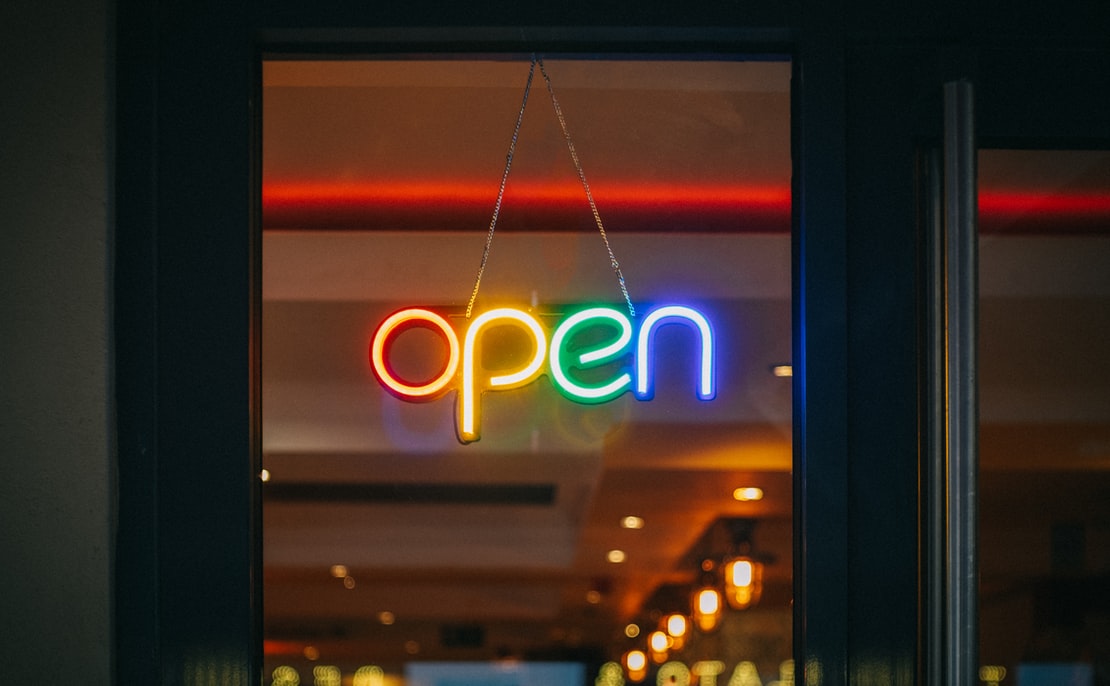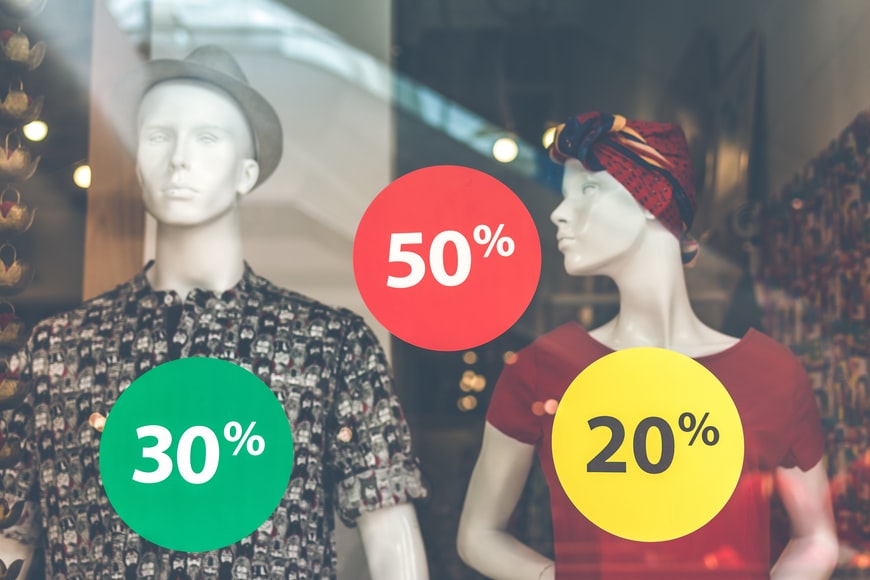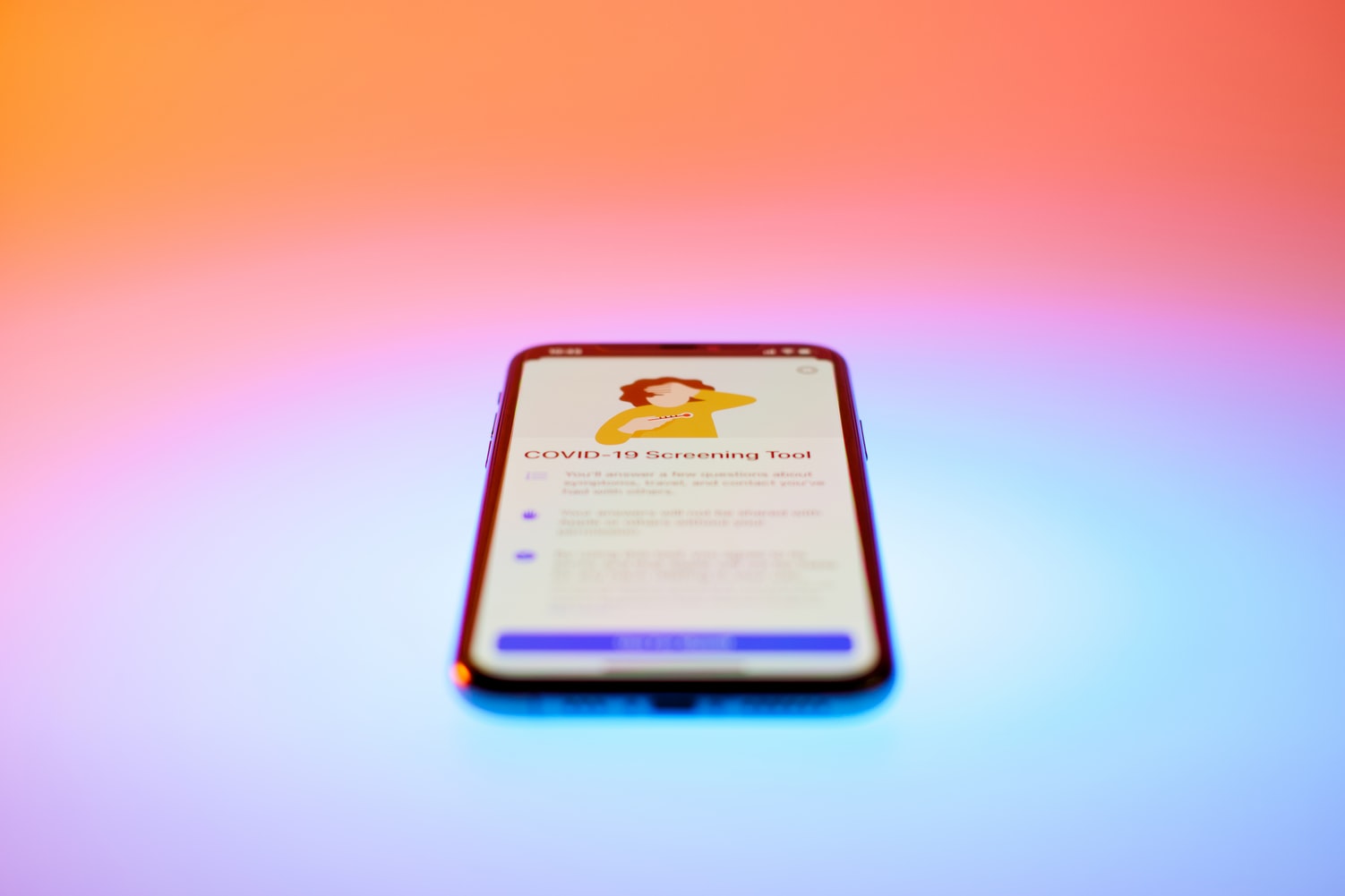3 Tips for Marketing Essential Goods During (and After) COVID-19
One of the buzzwords of 2020 was, undoubtedly, essential goods. Defined as goods that are particularly needed during a pandemic for most people, consumers went out and searched for these goods even during the height of the pandemic. Shortages were and still are common, because the demand is so high.
Sanitizers for example, are an essential good. Many companies who do not make sanitizer, jumped into the industry because they felt compelled to supply the demand to keep consumers safe and sanitary. For marketers, the sudden influx of competition created a challenge. How can brands that produce essential goods stand out, act ethically, and be efficient all at once?
The answer to this question is to use inbound marketing, which is normally the answer anyways even when there is not a pandemic. But in this case, inbound marketing methods will help you connect to the consumer during this difficult time. For instance, the use of buyer personas will be especially helpful. Even with essential goods, your customers will still choose brands that align with their worldview and ethics. Customers will want brands that are dependable, sensitive to the world’s problems, and cognizant of the environment. The brands that realize that their customers are more than consumers looking to get anything they can off the shelf will always win out. Because shelfs will not remain empty for long, and when they fill there will be more competition than ever before.
Changing Buyer Personas and Buyer Values
As I’ve mentioned in other blog posts, during a pandemic it is a must to re-evaluate your buyer personas and understand how they may have changed. In general, most customers are looking for products that will protect them from COVID-19. As a result, many brands will package their cleaning and sanitary products in a much more clinical way that specifies how many bacteria/germs it kills. However, there are many specificities within this generality. For instance, some customers will be looking at the alcohol content in a hand sanitizer while other customers will be more interested in the functionality of the hand sanitizer, i.e. if it’s in a small enough, transportable bottle.
Marketing for essential goods has grown to one location especially in the pandemic, and that is packaging. Since shortages are common, customers will only have the choice once they are in-store looking at the available options. This is where they will get the information they need to make their brand choice.
Since packaging cannot create a new and unique message like a marketing email can, marketers must simultaneously reach all of their buyer personas on the same packaging.
The Importance of Packaging of Essential Goods
Experts agree that packaging is an essential part of marketing essential goods. But how can marketers do this and still maintain the nuance and specificities of their buyer personas? Since packaging cannot create a new and unique message like a marketing email can, marketers must simultaneously reach all of their buyer personas on the same packaging.
With essential goods, there are many things that lots of different buyer personas will be looking for. Customers will be looking for brands that are recommended by healthcare professionals, since they are some of the most trusted experts during this public health crisis, so partnerships between healthcare associations and organizations will be worthwhile. While the health aspect of the product is obviously the most important, brands can add other things to their packaging to make it even more relevant. Such as, how environmentally friendly the product is or charities that a portion of the proceeds may go towards.
So, the first and most important thing that packaging should communicate is that the product is safe, effective, and (ideally) recommended. The rest is secondary, but not unimportant at all. In fact, customers will be building brand loyalty during this time. The “secondary” marketing will be what keeps them around after the fact.
Building Brand Loyalty for After the Pandemic
At some point, this pandemic will end (although normal will have to be redefined), and brands will once again have to transform their marketing. However, the brands who sold and marketed essential goods will find that they have a new and loyal customer base who depended on their products during the pandemic. This is why the use of inbound marketing and buyer personas are important. Customers will not always be under similar situations like they are during COVID-19. So, appealing to their other interests, needs, and worldview will make customers stick around for longer and eventually become evangelists for your brand.
Transforming your product marketing after the pandemic will include changing the packaging slightly, but not so much that it becomes unrecognizable. It will also include a return to marketing that can be more individualized. Marketing emails and personalization will be worthwhile when customers can expect to have a wide range of variety when they enter the store instead of only having a few brands to choose from when aisles are empty.
Finally, remember that consumers will not let COVID-19 escape their minds. Expect customers to be more hyper-aware of hygiene and scarcity. Reassure the customer with the quality of your product that they are in good hands, for now and for in the future as well.
Share this
You May Also Like
These Related Stories

Re-Opening to a New World, because things will never be the same.

Best Practices for Avoiding Discount Disasters


